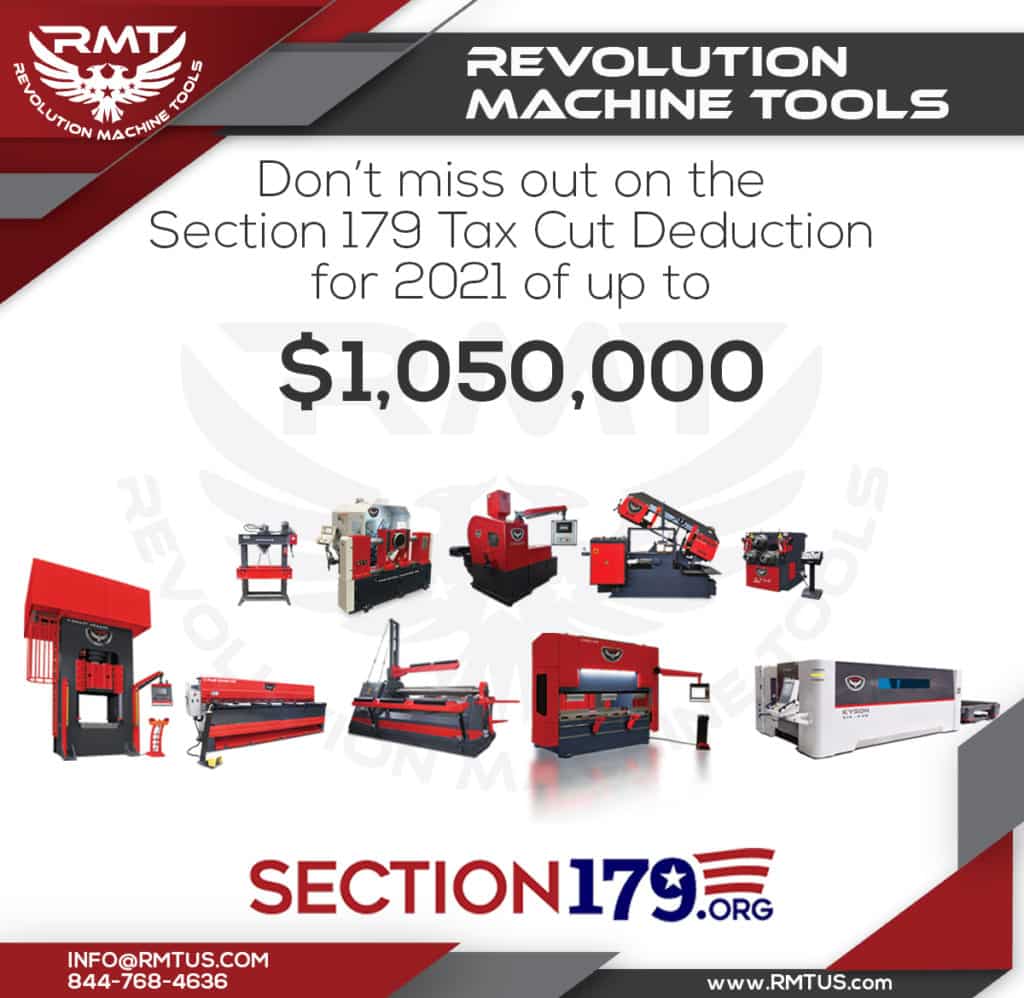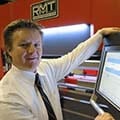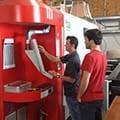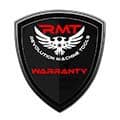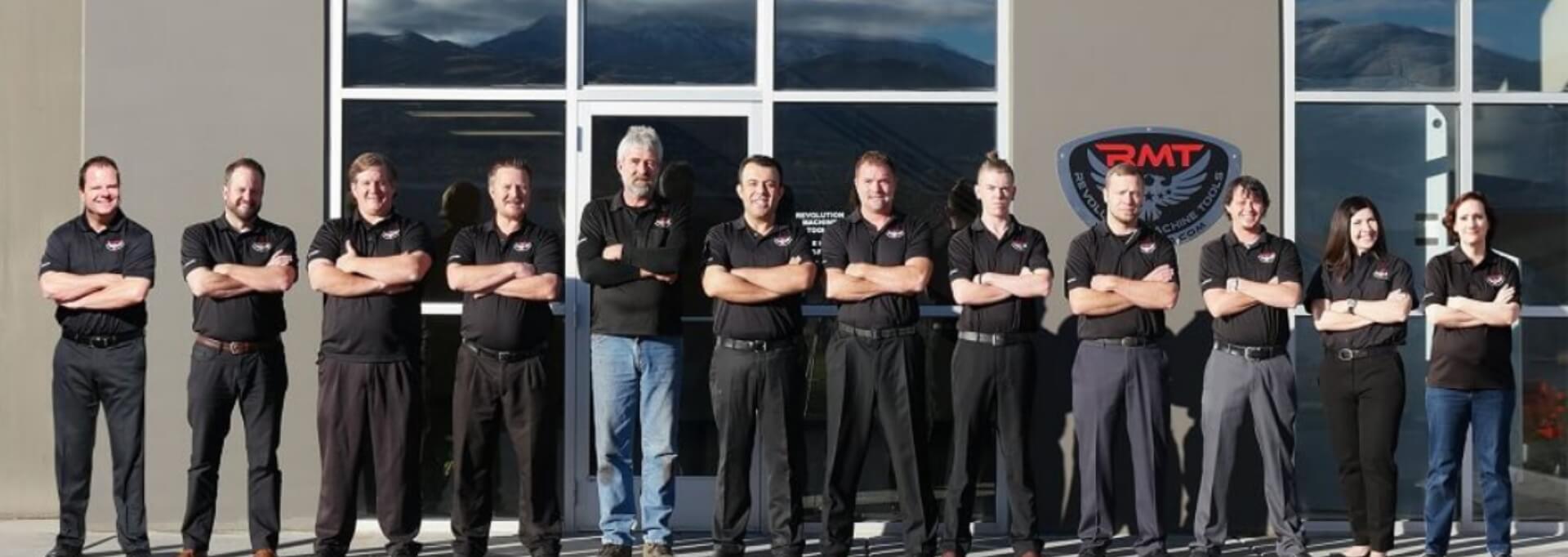Write Off Your Fabrication Equipment
Complain all you want about the government, what with all the taxes, restrictions, paperwork and politics, but make sure you are also aware of the benefits they offer small businesses. One advantage of particular note to smaller fabrication and metalworking shops is what’s known as the Section 179 tax deduction.
Referring to a specific section of the U.S. Internal Revenue Code, this deduction can help the small business owner put new or used equipment on the shop floor that they can then completely write off of their taxes for that same year! Does it sound too good to be true? Well, for once, here’s something offered by the government that doesn’t have strings attached (though it does have a few limitations). It’s an incentive created to encourage small businesses to invest in themselves and purchase the equipment they need now instead of having to wait.
What’s Covered?
While many taxpayers might rather have a tooth pulled than to try and figure out the tax code, Section 179 is fairly straightforward. It allows businesses to deduct the full purchase price of qualifying items bought—or financed or leased—during a specific tax year.
Items covered include:
- New Equipment
- Used Equipment (as long as it is new to you)
- Software (purchased off-the-shelf and not custom-built)
This not only includes metalworking machinery and its software, but any equipment or tangible personal property purchased for business use, including computers, office equipment, office furniture, some business vehicles, even certain improvements to existing business structures, like HVAC, roofing and security and fire systems.
For those new to tax deductions, it’s important to note that the actual cost of the machine isn’t taken out of what you owe the IRS, but you are allowed to write off the taxable amount of the machine. For example, if you bought a machine for $1,000,000 and are allowed to write 100% of it off, then you would multiply the full cost by your tax rate. If you are in a 35% tax bracket, then you can save 35% of the cost of the machine in taxes, or $350,000 in this example. So, your $1,000,000 machine will ultimately only cost you $650,000 if you look at it in regard to the applied tax savings.
What Are the Limitations?
In order to take advantage of the deduction for a particular year, the following factors have to be observed:
- The equipment must be financed or purchased during the calendar year.
- The equipment must not only be installed, but also put into service by the end of the day on December 31 of that year.
- There is a spending cap established each year that limits the amount that can be deducted.
- There is a cap on the total amount of equipment a company can purchase in order to qualify for the deduction as an actual small business.
Regarding the time limit, this simply ensures that the equipment being written off during a tax year was actually used (or ready to be used) during that year, the same as any other tax deduction. Some machinery dealers will give special deals at the end of the year to entice metalworking businesses to make purchases to reach their limit—not a bad idea if the business is short of the goal—but the practical business owner will budget out expected purchases so that the needed machinery is obtained, installed and has been at least briefly run prior to the New Year’s Eve deadline. Unscrupulous equipment sellers will sometimes encourage buyers to order machines that will arrive after the deadline, then supply falsified paperwork for tax purposes—something the cautious small business owner should avoid by getting everything in place well before Christmas.
Regarding the spending caps, these are put in place to guarantee that it is truly a small business applying for the deduction. For example, if the spending limit for a year is $1,000,000 and the total purchase limit is $2,000,000, then a company can write off 100% of their purchases up to the $1,000,000 amount and can still purchase another $1,000,000 worth of equipment without being penalized. Once the upper purchase limit is reached, then Section 179 systematically begins phasing out the deduction on a dollar-for-dollar basis. In this example, if a company spends $2,000,001 on equipment, then that extra dollar costs them a dollar from their write-off, bringing it down to $999,999. If they spend $2,500,000, then they can only write off $500,000. If they spend $3,000,000 or more, then they completely lose their deduction.
Bonus Depreciation
In addition to the Section 179 savings, some years a benefit called Bonus Depreciation is also available. Unlike regular depreciation that a company has to write off over several years (the “useful life” of the particular asset), Bonus Depreciation allows a business to deduct a sizeable percentage of the purchase price right away in the first year.
Bonus Depreciation is usually taken after the spending cap for Section 179 is reached and can apply to businesses that spend more than the maximum purchase amount allowed by Section 179. Like the Section 179 deduction, Bonus Depreciation (and regular depreciation, for that matter) is only available on assets “placed in service” during the tax year, meaning it is set up and ready to go (not necessarily used by the company to make money that year).
Amounts for 2021
While they change each year, the Section 179 amounts for the 2021 tax year are as follows:
- Tax Cut Deduction Limit: $1,050,000
- Equipment Purchase Spending Cap: $2,620,000
- Bonus Depreciation: 100%
Each year Congress decides if the incentive will be extended, and how much will be covered, so make sure you keep up to date on Section 179 deduction amounts and limits every year.
Check with Your Tax Professional
This article is just an overview of how the Section 179 tax deduction works. Please check with your tax preparer or another professional to see how it specifically can benefit your business and be sure that your equipment purchasing, financing, delivery and set-up are complete before midnight on December 31 of the year that you want to take advantage of the savings.
